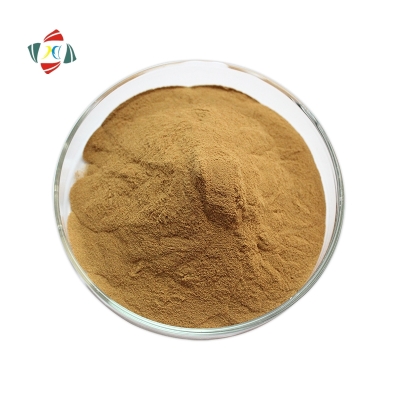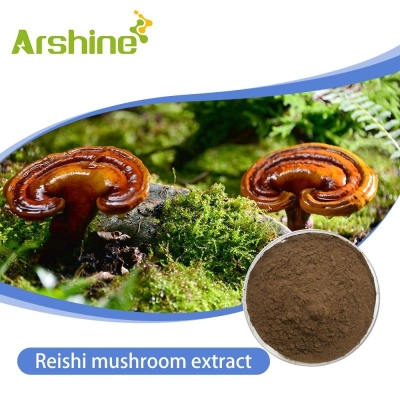Common solvents for extraction
-
Last Update: 2010-10-14
-
Source: Internet
-
Author: User
Search more information of high quality chemicals, good prices and reliable suppliers, visit
www.echemi.com
1 It is economical and easy to obtain water as solvent, with large polarity and wide range of dissolution Alkaloid salts, glycosides, bitterness, organic acid salts, tannins, proteins, sugars, gums, pigments, polysaccharides (pectin, mucilaginous, inulin, starch, etc.), enzymes and a small amount of volatile oil can be leached by water Its disadvantages are wide leaching range, poor selectivity, easy to leach a large number of invalid components, which makes it difficult to filter the preparation, poor color of the preparation, easy to mildew, and difficult to store It can also cause the hydrolysis of some active components or promote some chemical changes 2 Ethanol is a semi polar solvent, and its solubility is between polar and non-polar solvents It can dissolve some water-soluble components, such as alkaloids and their salts, glycosides, sugars, bitterness, etc.; it can also dissolve some components dissolved in non-polar solvents, such as resins, volatile oils, lactones, aromatic compounds, and a small amount of fat can also be dissolved in ethanol Ethanol can be mixed with water in any proportion Different concentrations of ethanol are often used to selectively extract the effective components of medicinal materials Generally, when the ethanol content is more than 90%, it is suitable for extracting volatile oil, organic acid, resin, chlorophyll, etc.; when the ethanol content is 50% - 70%, it is suitable for extracting alkaloids, glycosides, etc.; when the ethanol content is less than 50%, it is suitable for extracting bitterness, anthraquinone, etc.; when the ethanol content is more than 40%, it can delay the hydrolysis of many drugs, such as esters, glycosides, etc., and increase the stability of the preparation When the alcohol content is more than 20%, it has antiseptic effect The specific heat of ethanol is small, the boiling point is 78.2 ℃, the latent heat of gasification is smaller than that of water, so the heat consumption of evaporation and concentration process is less than that of water However, ethanol is volatile and flammable, so safety protection should be paid attention to in production In addition, ethanol also has certain pharmacological effects and is expensive, so the concentration of ethanol in use is to extract effective ingredients and stabilize the preparation purpose 3 Chloroform is a kind of non-polar solvent, which is slightly soluble in water, and can be freely miscible with ethanol and ether It can dissolve alkaloids, glycosides, volatile oils, resins, etc Insoluble protein, tannin, etc Chloroform has antiseptic effect, and its saturated aqueous solution is often used as leaching solvent Although chloroform is not easy to burn, it has a strong pharmacological effect, so it should be removed as much as possible in the extract Its price is relatively expensive, and it is generally only used for purification and purification of effective ingredients 4 Acetone acetone is a good degreasing solvent Because acetone and water can be freely miscible, it is also a dehydrating agent It is often used to degrease or dehydrate fresh animal medicine Acetone also has antiseptic effect The boiling point of acetone is 56.5 ℃, which is volatile, flammable and toxic, so it is not suitable to be retained in the preparation as a solvent 5 Aether is a nonpolar organic solvent, slightly soluble in water (1:12), which can be mixed with ethanol and other organic solvents at will It can dissolve resin, free alkaloid, fat, volatile oil and some glycosides Most of the active components dissolved in water are insoluble in ether Ether has a strong pharmacological effect Boiling point 34.5 ℃, very easy to burn, expensive, generally only used for purification of effective ingredients.
This article is an English version of an article which is originally in the Chinese language on echemi.com and is provided for information purposes only.
This website makes no representation or warranty of any kind, either expressed or implied, as to the accuracy, completeness ownership or reliability of
the article or any translations thereof. If you have any concerns or complaints relating to the article, please send an email, providing a detailed
description of the concern or complaint, to
service@echemi.com. A staff member will contact you within 5 working days. Once verified, infringing content
will be removed immediately.







